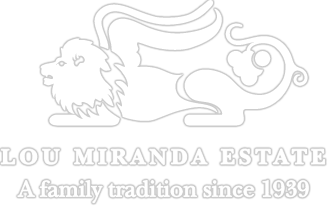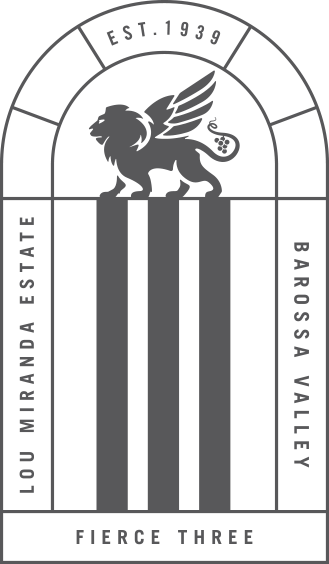
Barossa Art, History and Culture
Be inspired and learn as you explore the Barossa
The Barossa Valley has been the home to the Indigenous Australians, the Traditional Owners, from Karuna, Peramangk and Ngadjuri peoples for thousands of years prior to European occupation in the early 1800s. The region provided a rich abundance of life-sustaining natural resources, including year-round water from the Para River and its tributaries. The Barossa Valley continues to hold great cultural significance to the Kaurna, Peramangk and Ngadjuri peoples to this day.
The post-European settlement Barossa Valley is founded in the traditions of the early German and English settlers since 1842. Culture remains central to many of the traditions that continue to the modern day. Along with long held traditions, new traditions and events are being weaved into the culture of the Barossa.
From live music festivals in the vines, to contemporary visual and performing arts in the galleries and arts centres, the Barossa is fast becoming a top destination for all forms of local and visiting art and modern culture.
Barossa Art
The first place many people start when they are looking for local art in the Barossa is the Barossa Regional Gallery in Tanunda. The gallery exhibits local artists all year round and visiting exhibitions are a feature of its calendar.
Performing artists are also showcased. From music festivals, Days on the Green and Red-Hot Summer Tour, live music of international artists is a regular event in the warmer months of the year. You can enjoy music of all genres in the Barossa with Orchestras, world renowned choirs and classical singers, as well as the historic Hill & Son Grand organ all showcased in events across the year.
In April each year, the Barossa shines a light on all things Barossa Art with the annual Barossa Arts Festival. From musical performances to artworks exhibitions and getting hands on in visual and performing arts, the Barossa Arts Festival immerses the community in art for the month.
The second art feature month for the Barossa is the SALA Festival (South Australian Living Arts Festival) in August. It showcases local Barossa artists in exhibitions throughout the community, bringing the locals and tourists into the creative art space in venues across the Valley.
Steeped in History
The German roots of the European settlement of the area in the 1800s are quite obvious when you enter the Barossa Valley. From shop fronts, town names and architecture, German features prominently within the Valley. In saying that, there is still a connection to the traditional owners of the area. Barossa has adopted a few Aboriginal names for use as town names, including Tanunda, meaning ‘watering hole’.
Along with the town names of German origin, a unique language known only within the Barossa emerged with German settlement. Barossa German or Barossa-Deutsch was used from the 1840s until World War I, when it was suppressed by the Australian Government. However, the language continued to be spoken amongst families and homes within the area and many native speakers still use Barossa Deutsch.
Barossa is well known for its churches. Each settlement had its own church when initially settled and as many of the smaller settlements merged, the church numbers in the larger towns increased. Learn more about the Barossa’s churches and create your own tour here.
Rowland Flat is no exception, with the Trinity Lutheran Church being right next door to us at Lou Miranda Estate. Why not consider adding an architectural tour of the Barossa Churches to your visit?
Stepping further back in time, the annual Barossa Medieval Fair attracts 8000 guests. In 2022, over 12,000 people attended the 2-day event in Lyndoch, enjoying music, food, stalls, and re-enactments.
Culture- steeped in traditions
The history and traditions of the Barossa are tightly held and nurtured by the Barons of the Barossa. One of their main activities each year is the Declaration of Vintage and the Blessing of the Grapes.
The Barossa Valley hosts a vintage festival bi-annually. The event held since 1947 celebrates the traditions and customs long held by the community. During the festival, the Ziegenmarket recreates the traditions of the morning produce market of the 19th century in the Barossa.
The history of food has been captured in the Barossa Cookbook, first published in 1917. Those Barossa Girls have recently updated it, adding recipes handed down from generation to generation.
Kegel is a quintessentially Barossa activity that’s unknown outside the region. Like modern day ten-pin bowling, Kegel has a bowling lane with pins to be bowled over at the far end. The Tanunda Kegel bahn dates back to 1858 and is the only wooden alley in the Southern Hemisphere.

Kegel Barossa
Have you planned your Barossa art and history tour?
The Barossa oozes with tradition and its German heritage, and the modern-day culture is filled with the arts, and local artists are exhibited across the Barossa in events and galleries all year round.
Why not break up your day with a visit to a gallery or a historical tour of one of the towns of the Barossa?
Over to you
If you liked this article, please share:




No Comments